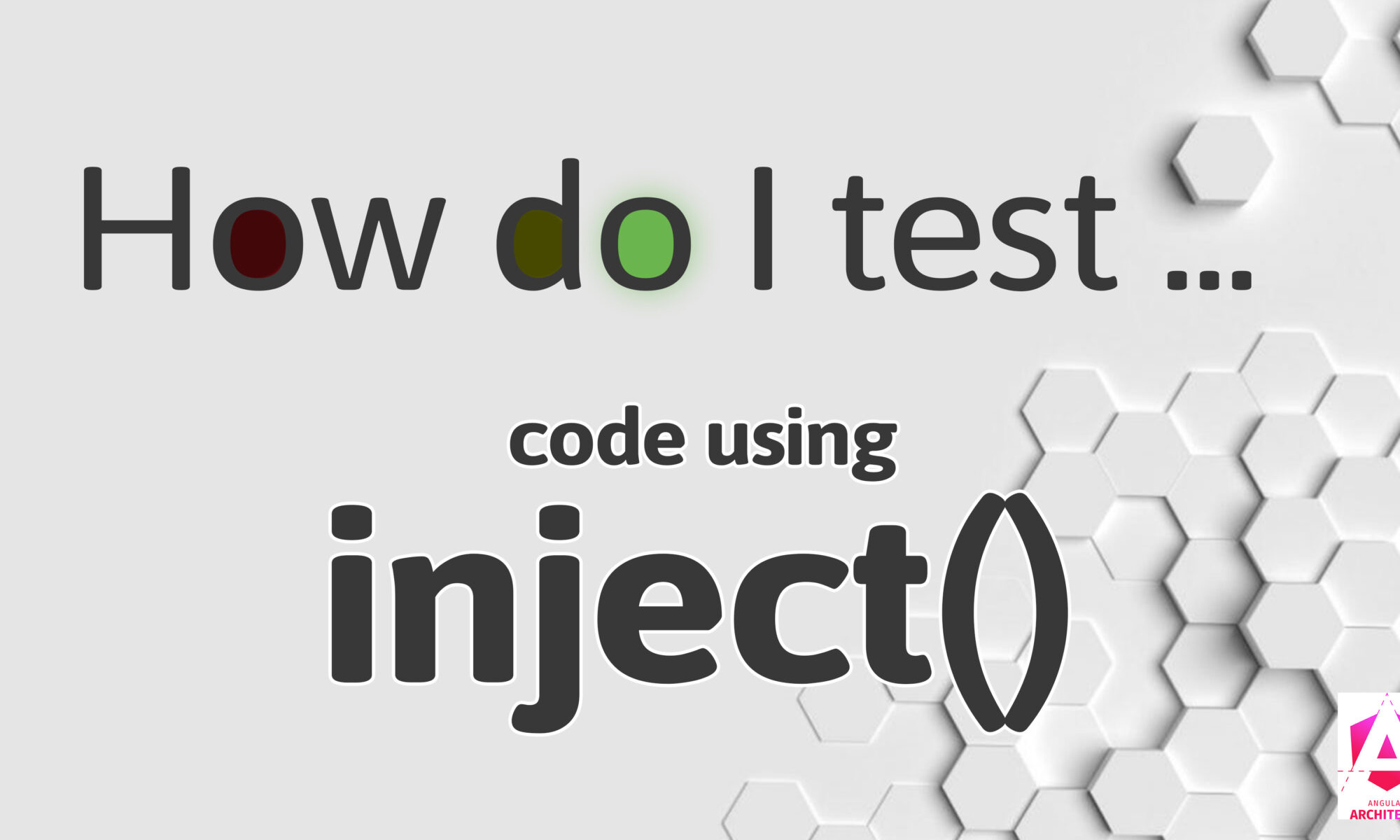This article explains how to test Signal and Model Inputs, which are the `input()` and the `model()` functions.
How do I test Signals (signal, computed, effect)?
Signals as lightweight "reactive primitive" will shape the future of Angular applications.
Especially with Signal Inputs, Signals find more and more usage in everyday tasks. It is time to consider integrating Signals into our codebases.
And that requires us to be able to write tests as well.
How do I test using the RouterTestingHarness?
This article explains how to use the `RouterTestingHarness` to write sound tests where we don't have to mock anything from the Router.
How do I test code using inject()
This article discusses testing Angular code, which uses the inject function for dependency injection.
How do I test and mock Standalone Components?
If you prefer the kind of tests that minimize mocking as much as possible, you will be pretty happy with Standalone Components. Gone are the struggles of meticulously picking dependencies from NgModules for your Component under test.
Standalone Components come self-contained. Add them to your TestingModule's `imports` property, and all their "visual elements" – Components, Directives, Pipes, and dependencies – become part of the test. As a nice side-effect, you reach a much higher code coverage.
NgRx Best Practices Series: 4. Facade Pattern
This article covers the Facade pattern in NgRx. The reader must have a basic understanding of NgRx or a similar state management library.
The Facade pattern mainly decouples NgRx from the rest of our application. We can also see it as an API. The Facade masks the dispatching of actions as method calls and the selectors as properties of type Observable.
Next to the decoupling, the facade pattern offers even further advantages.
Angular Standalone Components and their impact on modularity
An analysis of Standalone Components and their impact on Angular applications.
NgRx Best Practices Series: 2. Modularity
This article is about state management from an architectural point of view.
NgRx Best Practices Series: 1. Cache & LoadStatus
In this series of articles, I am sharing the lessons that I have learned from building reactive applications in Angular using NgRx state management. Here, we’ll look at the way state management lets you add caching functionality to your code.
NgRx Best Practices Series: 0. Introduction
This is the first in a series of articles about building reactive applications in Angular using NgRx state management. I want to begin by laying out my personal relationship with NgRx and introduce an example application that we will use throughout the series.












